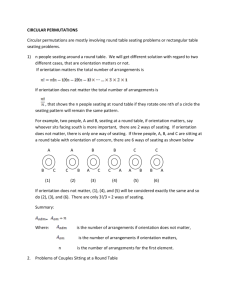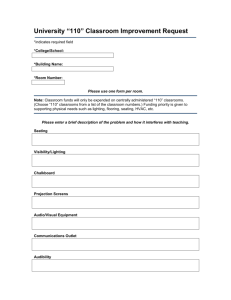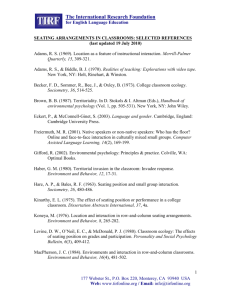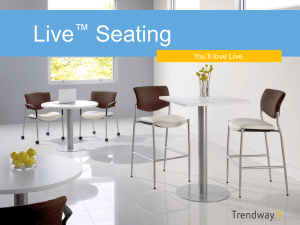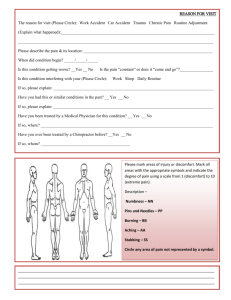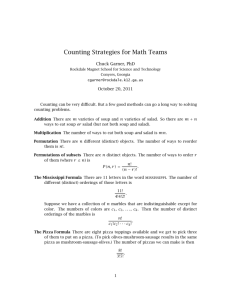Patterns of Interaction
advertisement
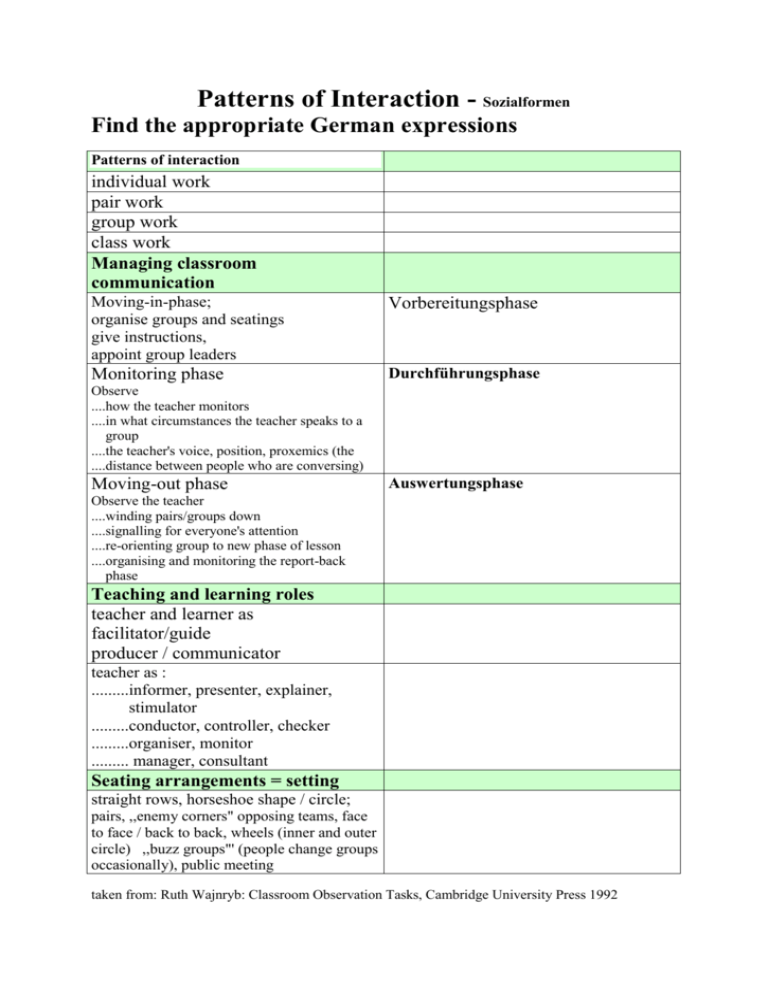
Patterns of Interaction - Sozialformen Find the appropriate German expressions Patterns of interaction individual work pair work group work class work Managing classroom communication Moving-in-phase; organise groups and seatings give instructions, appoint group leaders Vorbereitungsphase Monitoring phase Durchführungsphase Observe ....how the teacher monitors ....in what circumstances the teacher speaks to a group ....the teacher's voice, position, proxemics (the ....distance between people who are conversing) Moving-out phase Auswertungsphase Observe the teacher ....winding pairs/groups down ....signalling for everyone's attention ....re-orienting group to new phase of lesson ....organising and monitoring the report-back phase Teaching and learning roles teacher and learner as facilitator/guide producer / communicator teacher as : .........informer, presenter, explainer, stimulator .........conductor, controller, checker .........organiser, monitor ......... manager, consultant Seating arrangements = setting straight rows, horseshoe shape / circle; pairs, ,,enemy corners" opposing teams, face to face / back to back, wheels (inner and outer circle) ,,buzz groups"' (people change groups occasionally), public meeting taken from: Ruth Wajnryb: Classroom Observation Tasks, Cambridge University Press 1992 Seating However your classroom is laid out, it is worth taking time to consider what variations are possible in the ways that students stand, move and sit. Similarly, the teacher's own position needs to be considered. In some cultures students may have clear expectations as to what is acceptable. For example, asking students to sit on the floor may be taboo; a teacher who sits on the corner of his desk may be considered unprofessional. Respect cultural constraints but don't let them put you off experimenting a little. Be clear about which 'No's1 are genuinely unacceptable and which are merely unknown or unexpected. Changing seating arrangements can help students interact with different people, change the focus from the teacher when appropriate, allow a range of different situations to be recreated within the classroom, as well as simply adding some variety to the predictability of sitting in the same place every time. It's difficult to sit still for a long time; it's worth including activities that involve some movement, even if only to give people the chance to stretch their legs. For each activity you do in class, consider: what grouping, seating, standing arrangements are most appropriate? I'm not suggesting a constant movement every five minutes -1 think that might soon become annoying. But remain aware of the possibilities of using the space you are working in; sometimes a complete change in the room can make all the difference. Even with the most immovable of fixed seating, it is often possible to be creative in some way. Fig. 1 shows the large desks fixed in the classroom. They are normally used in rows. A number of other arrangements are possible Fig 2: Alternative seating arrangements The horseshoe arrangement, particularly, proved very suitable for the English classes. This raises a few questions... TASK1 1. Why might a circle or horseshoe shape be more effective for language teaching than straight rows? 2. What difference does it make if the teacher sits in a circle with the students rather than standing in front of them? Commentary In a circle or horseshoe, learners can make eye contact with everyone else in the group and thus interact much more naturally. There is also a much greater sense of equality. Weaker students tend to hide away less and stronger students to dominate less. Having the teacher in the circle helps to clarify his role as an equal rather than as someone separate and different. Some ideas for investigating and exploring the possibilities of seating: • If the students normally sit in rows try forming a circle. • Turn the classroom around so that the focus is on a different wall from normal • Divide the class into separate groups at far corners of the room. • Ask How con we reorganise this classroom to make it a nicer place to be? Let the class discuss it and agree, then do it. • Push the seats or desks up against the wall. Sit on the floor. Here are some patterns to think about:
